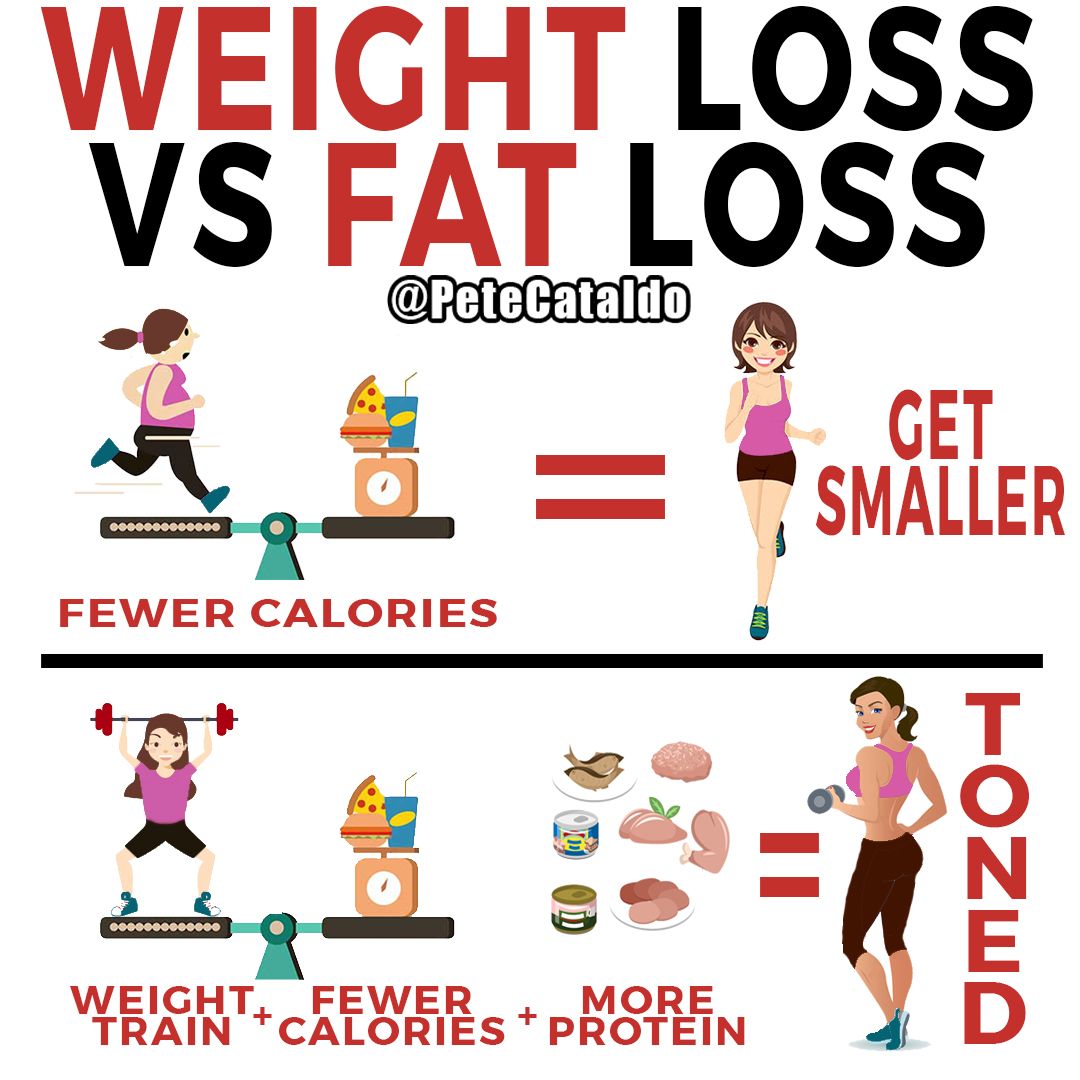
The Role of Exercise in Weight Loss: Finding the Right Balance
Introduction
When it comes to weight loss, finding the right balance between a healthy diet and regular exercise is crucial. While many people solely focus on dieting, neglecting the importance of physical activity can hinder their progress. This article explores the role of exercise in weight loss and provides valuable insights on how to strike the perfect balance.
The Relationship between Exercise and Weight Loss
Regular exercise is a fundamental component of any successful weight loss journey. Engaging in physical activity helps burn calories, increase metabolism, and build muscle mass. When combined with a calorie-controlled diet, exercise promotes energy expenditure, creating a calorie deficit that leads to weight loss.
The Benefits of Exercise in Weight Loss
1. Increased Calorie Burn: Exercise increases the number of calories burned during and after physical activity, accelerating weight loss. 2. Boosted Metabolism: Regular exercise stimulates metabolism, enabling the body to burn calories more efficiently even at rest. 3. Muscle Building: Engaging in resistance training during exercise helps build lean muscle mass. Muscles are metabolically active tissues that burn more calories than fat, contributing to weight loss. 4. Appetite Regulation: Exercise can help suppress appetite, preventing overeating and aiding in weight management. 5. Improved Overall Health: Physical activity not only aids in weight loss but also improves cardiovascular health, reduces the risk of chronic diseases, boosts mood, and enhances overall well-being.
Finding the Right Balance
1. Consult a Healthcare Professional: Before starting any exercise program, it is important to consult with a healthcare professional, especially if you have any underlying health conditions or are new to physical activity. 2. Set Realistic Goals: Establish achievable weight loss and exercise goals. Start with small, gradual changes and gradually increase the intensity and duration of your workouts. 3. Combine Cardio and Strength Training: Incorporate both cardiovascular exercises (such as running, cycling, or swimming) and strength training (using weights or resistance bands) into your routine. Cardio burns calories, while strength training helps build muscle mass. 4. Be Consistent: Consistency is key. Aim for at least 150 minutes of moderate-intensity aerobic activity or 75 minutes of vigorous-intensity activity per week, along with muscle-strengthening exercises at least twice a week. 5. Listen to Your Body: Pay attention to your body's signals and adjust your exercise routine accordingly. Rest and recovery days are equally important for allowing your body to heal and adapt.
Conclusion
In the quest for weight loss, exercise plays an essential role alongside a healthy diet. It helps create a calorie deficit, boost metabolism, build muscle mass, regulate appetite, and improve overall well-being. By finding the right balance between exercise and diet, individuals can achieve sustainable and long-lasting weight loss results, leading to a healthier and happier lifestyle.

